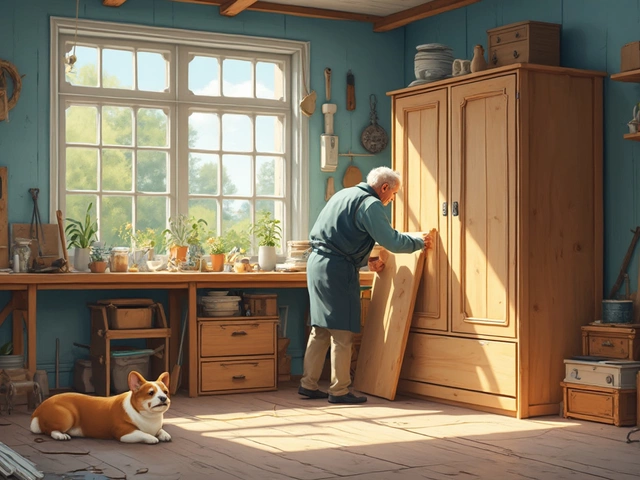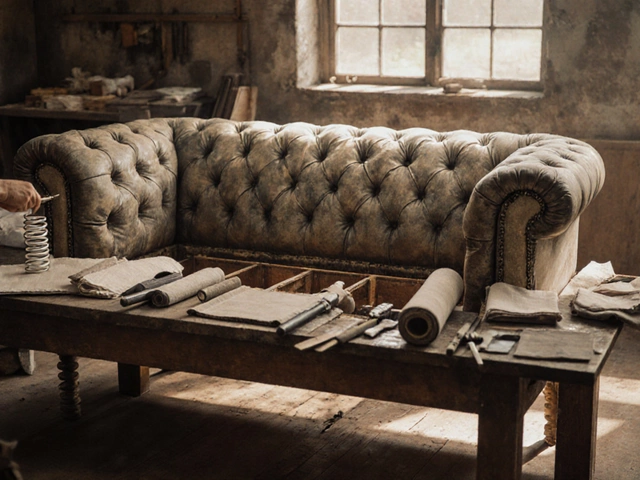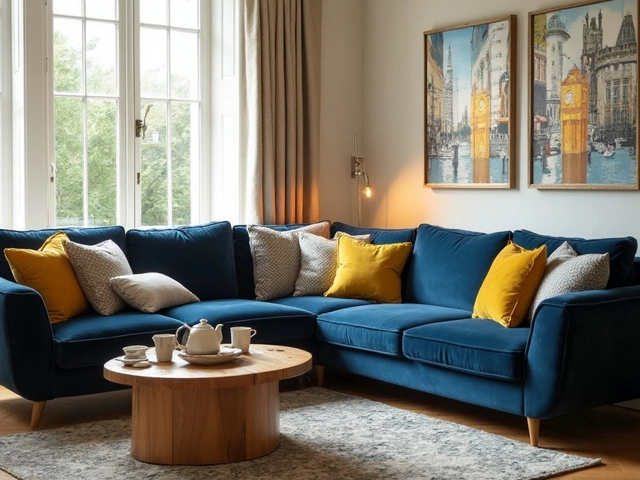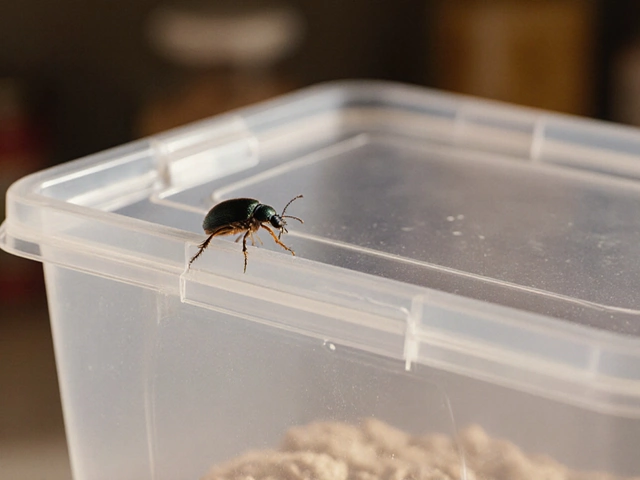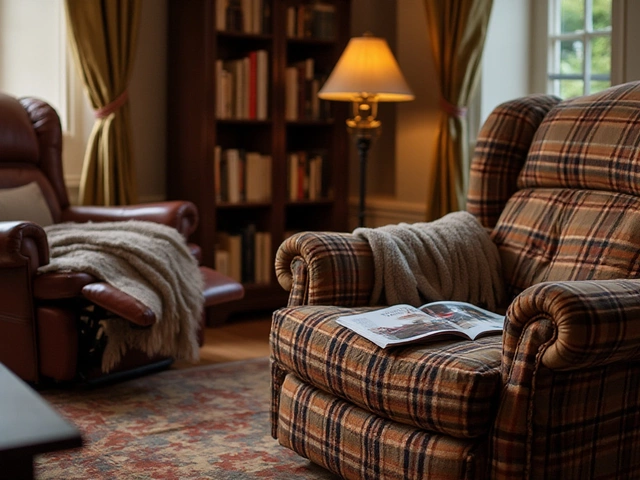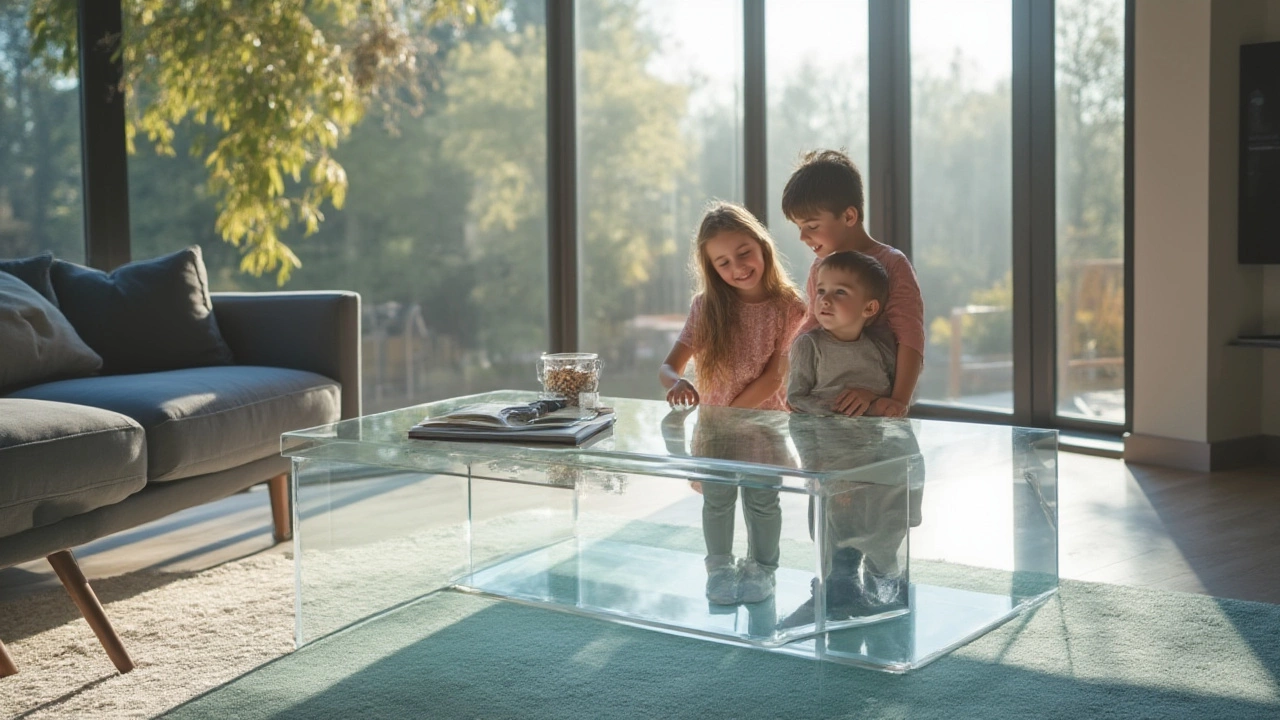 15
Jul,2025
15
Jul,2025
You walk into a room with an acrylic table beaming under the light, and for a second, it looks almost invisible, like magic. Fast forward a few years, and suddenly that same table has picked up a jaundiced glow. If you’ve shelled out serious cash for something meant to stay clear, finding out it’s gone yellow is a punch in the gut. The weird thing? It isn’t just a random fluke. Acrylic has a reputation—some say a bad one—for changing color. But not all hope is lost. The truth is more complicated, and there’s good news buried in the details if you know what to look for and how to treat what’s fast becoming the centerpiece of many modern homes.
Why Do Acrylic Tables Turn Yellow?
The first thing you need to know: acrylic is different from cheap plastic. True, it’s a type of plastic, but it’s classier—think Perspex or Lucite. It’s heavier, tougher, and, for ages, was the material of choice for mid-century designers. But sunlight? That’s where it gets tricky. Prolonged exposure to ultraviolet (UV) rays messes with the chemical structure of acrylic. The energy from the sun breaks down the bonds in the polymer, which leads to discoloration and, yes, yellowing.
But it’s not just the sun. Chemicals, cleaning agents, smoke, and even indoor lighting (like old fluorescent bulbs) can speed up the process. There’s a legit reason museum displays with vintage acrylic are always tucked away from sunlight—the curators know just how fast things can go wrong. Even the acrylic itself matters. Low-grade blends, often found in knockoff furniture or budget homeware, are more prone to yellowing. Some manufacturers add stabilizers to high-quality acrylics to resist UV light, making them far less likely to suffer.
You also shouldn’t overlook time. Acrylic might take years to show change, but the process can start quietly, especially if you’re not careful about placement or maintenance. According to an article from The Journal of Polymer Science, “Acrylic resins, though resistant to many environmental extremes, display yellowing and brittleness if exposed to sunlight for prolonged periods.”
The longer the exposure to UV, the greater the risk of permanent color change, especially for uncoated acrylics.
Want another unexpected trigger? Heat. If you keep your table near a heater, radiator, or anywhere temperatures fluctuate a lot, it can also accelerate the breakdown. Add to the list smoke (from cigarettes, candles, or fireplaces), which leaves behind a film that sinks deep into the surface, turning clear acrylic a dull amber.
Even “invisible” dirt from the skin—everything your hands deposit as you brush by or rest your phone—can combine with light and cleaning residue, giving the surface a hazy look that, over time, seems yellowish. So, the simple answer to “do acrylic tables turn yellow?” is: yes, they can, but not always. The details matter.
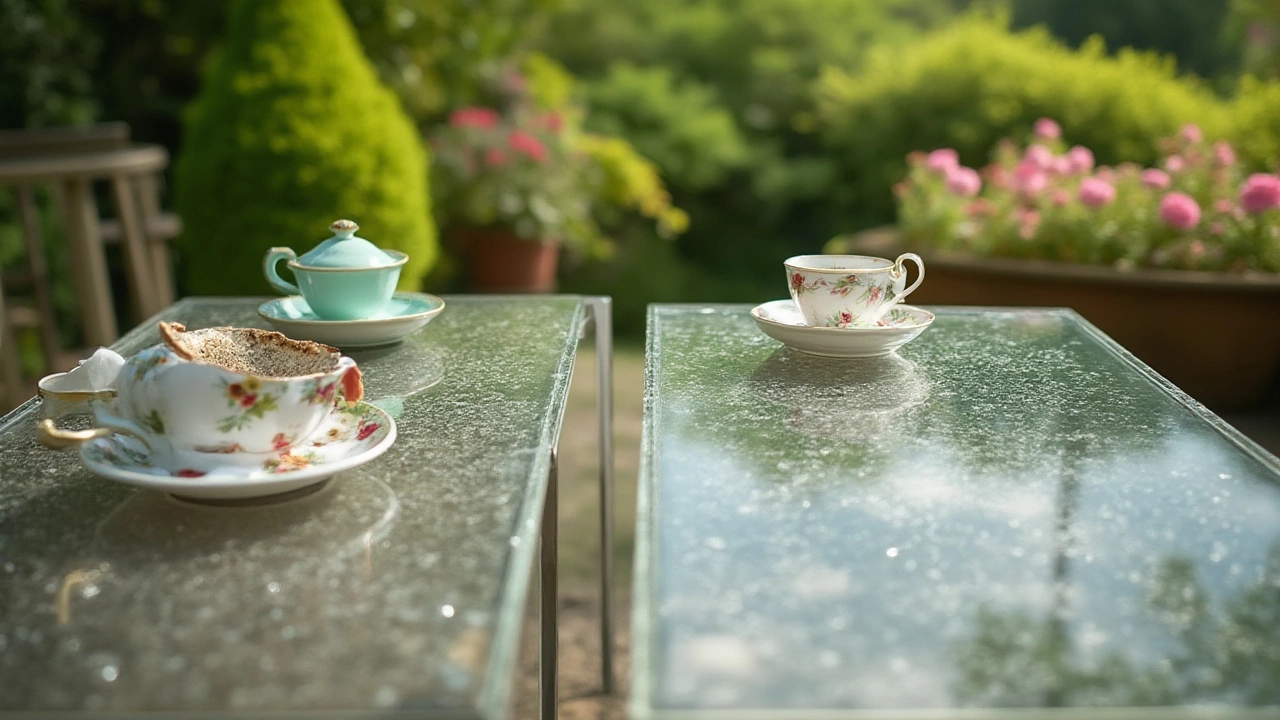
How to Prevent Your Acrylic Table from Yellowing
The old saying “prevention is better than cure” couldn’t be truer here. Moving your acrylic table away from direct sunlight is the easiest and most powerful thing you can do. If you love that sun-soaked look in your living room, try using UV-filtering window film or sheer curtains to block the worst rays. Some people swear by rearranging the space a couple of times a year, especially during seasons when the sun is strongest, to minimize constant exposure.
Now, let’s talk cleaning. The urge to grab an all-purpose cleaner or anything with ammonia (like classic window sprays) might be strong, but don’t. That’s a recipe for fast-forwarding the aging process and causing tiny cracks (called crazing), which attract yet more grime. Stick to warm water, a little drop of dish soap, and a microfiber cloth. Avoid paper towels—they’re like sandpaper for acrylic, especially if you use them every week.
Here’s a smart tip: every month, do a “deep” clean. Dust first using just a clean microfiber, then use diluted mild dish soap and rinse thoroughly. If static shocks or dust clinging like cat fur drive you nuts (and trust me, Tigger sheds more than you’d think possible), use a cleaner with an anti-static ingredient made for plastics. That cuts down on the stuff that sticks and causes buildup over time.
You might hear about “polishing” acrylic or buffing out scratches. It works, but only with the right products. Special polishing pastes for acrylic can remove minor cloudiness and keep things clear, but skip automotive or hardware store options unless it explicitly says “for acrylic.” Always test on a small, hidden area first.
Placement is another big deal. Don’t set hot mugs, laptops, or anything warm directly onto the table. Use coasters, placemats, or a non-slip mat. Heat weakens the plasticizers in acrylic, and over the years, that can turn your table a weird yellowish-brown. The same goes for heavy books or decor—give them a little weekly shuffle so pressure points don’t build up and create permanent marks that collect grime.
Finally, buy smart. If you’re in the market for a new acrylic table, ask about UV stabilizers. Some brands use them in the resin during manufacture, and it makes all the difference. If it’s not listed on the tag or in the product info, email customer service and double check. Products labeled as “museum grade” or “UV resistant” are more expensive for a reason—they’ll hold up far longer under daily use and sunlight.
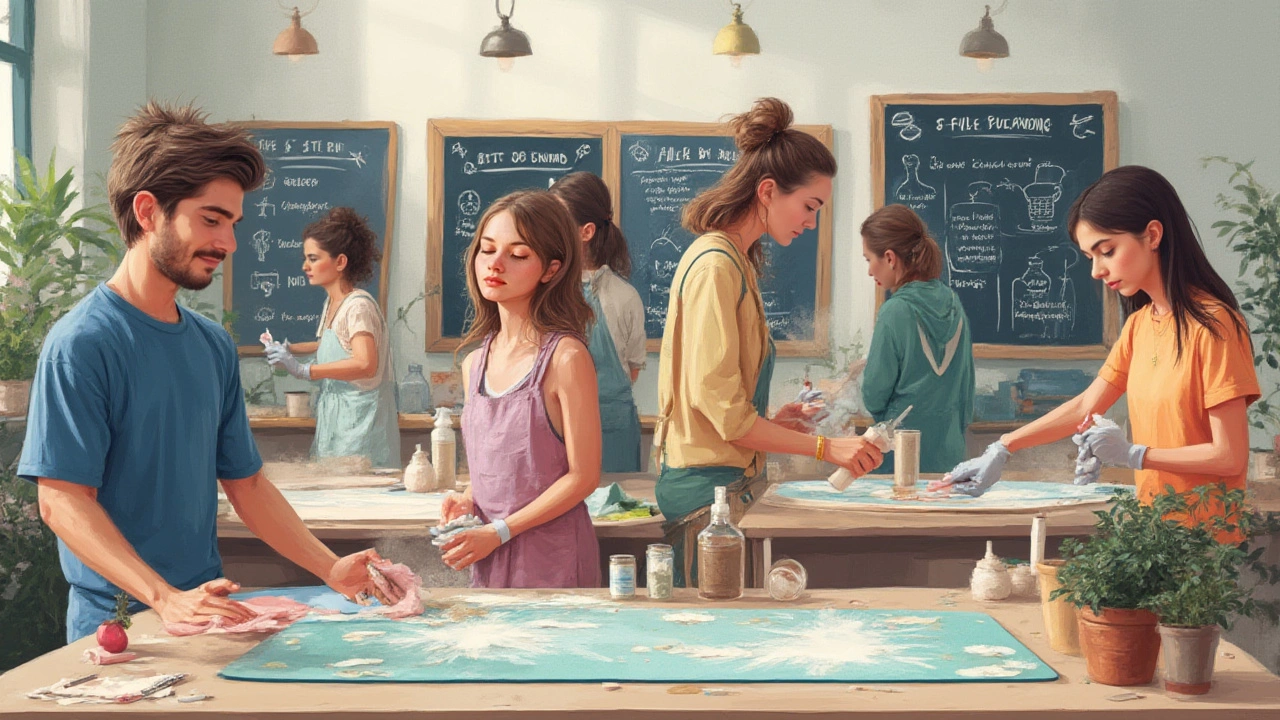
What to Do If Your Acrylic Table Turns Yellow
Okay, maybe you’re already seeing yellow patches—that doesn’t always mean game over. The honest truth? In many cases, once the yellowing is deep, you can’t get back to “brand new” on your own. But you can make a serious improvement. First, give the table a deep clean, sticking to that soap-and-water method and a microfiber cloth. Rinse it well and let it air dry completely. Sometimes, what looks like yellowing is actually a buildup of residue or trapped grime. You might be amazed by how much comes off with just careful elbow grease.
If genuine yellowing remains, try a specialty acrylic restorer or polish. There are products made specifically for Lucite, Plexiglas, and other acrylic surfaces (like Novus or Brillianize) that can sometimes lift surface stains. Use a soft, clean applicator and follow the instructions to the letter. Don’t go rogue or use power tools. The trick is gentle, repeated buffing. Some users online share before-and-after pictures showing serious improvements in clarity, even on surfaces that looked totally fogged out before.
If DIY isn’t enough and you’re dead set on saving the table, professional restoration is out there—but it’s pricey. Companies specializing in museum furniture or specialty plastics can chemically treat and mechanically polish acrylic. They’ll scrape off a micro-thin layer from the top, often restoring much of the clarity. Just know that this is rarely cheap, and sometimes it’s only practical for high-value pieces.
What if you just want to hide the yellow spots? Not glamorous, but a carefully chosen runner, placemat, or strategically-placed stack of magazines can distract the eye. Some people use custom vinyl decals or colored mats underneath to give the whole piece a new vibe. It’s a smart way to make an older table look intentional, especially if replacing isn’t an option right now.
People often ask about homemade fixes—bleach, baking soda, vinegar. Skip those. Strong chemicals may etch or cloud the acrylic, making the yellowing even more obvious. If you ever see advice online suggesting a cleaner not made for acrylic, be skeptical. My cat Tigger once knocked over a mystery cleaner on my old acrylic side table. After a single afternoon, that patch turned a weird, permanent off-yellow shade. Lesson learned: Always check the label.
Here’s another thing to remember: even if you can’t reverse every sign of aging, routine care and smart placement can slow down the process and keep an acrylic table looking good for years. And if you ever consider replacing yours, investing in a high-quality, UV-resistant version goes a long way. You’re paying not just for the look, but for something that stays clear and proud long after its plastic cousins have faded away.
